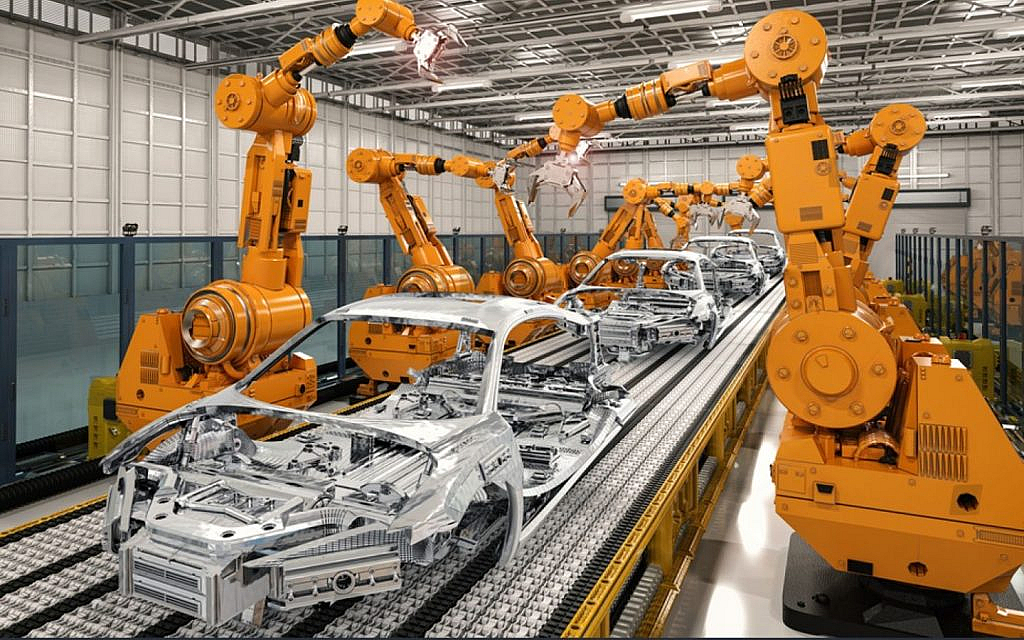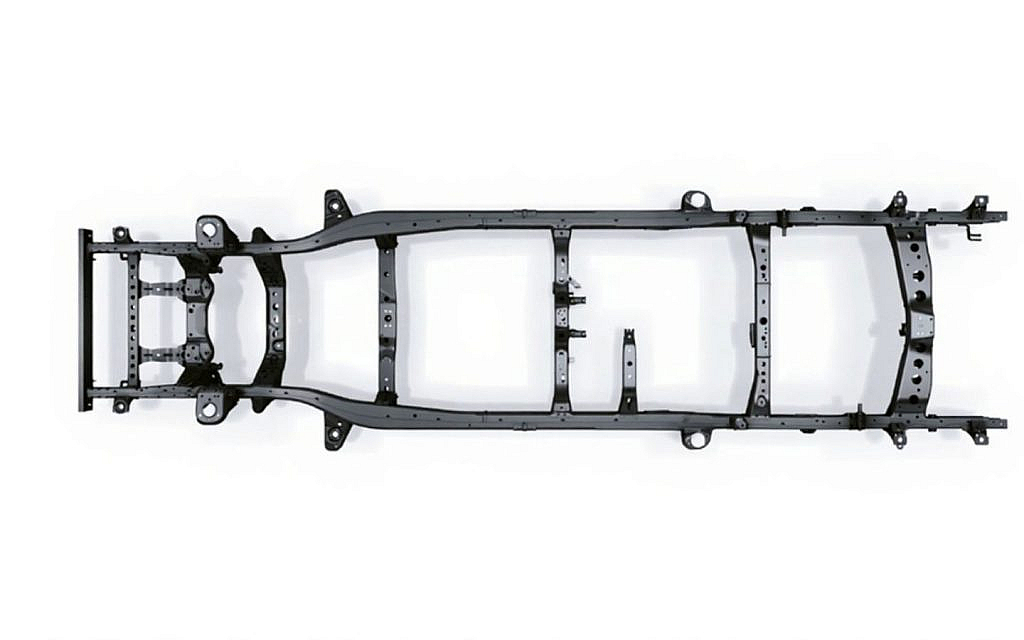Monocoque or Ladder Chassis: Which One Is Safer
Monocoque and ladder chassis are among the most widely used structures in the automotive industry, each shaping a vehicle’s durability, design and performance. Beyond design and performance, the chassis also holds a decisive role in vehicle safety. The monocoque chassis is valued for its engineered crumple zones, while the ladder chassis is recognised for its strength and durability. With distinct advantages and limitations, both chassis deliver safety in different ways.
Monocoque vs Ladder Chassis: Safety Comparison
The monocoque and ladder car chassis follow different design principles, each shaping the way a vehicle safeguards its occupants. The factors below outline the most important aspects of monocoque vs ladder chassis safety.
Design and Structural Durability
In a monocoque chassis, the body and frame are integrated into a single structure that forms a rigid shell supporting all components. This design enables the inclusion of crumple zones at the front and rear, enhancing occupant safety during collisions.

By contrast, a ladder chassis consists of two longitudinal beams connected by cross members, carrying essential components such as the car axle and engine while bearing the vehicle’s overall weight. Its heavy-duty construction can resist torsional stress, contributing to greater durability.
Impact Absorption
The monocoque chassis absorbs and distributes impact forces across the entire body structure, protecting both vital components and occupants. In contrast, the ladder chassis lack engineered crumple zones, which can transfer more collision force towards the cabin.
Corrosion Resistance
The monocoque chassis is sprayed with a layer of car paint and protective film, which enhances its ability to withstand rust. In comparison, the ladder chassis and its mounted components remain exposed to environmental elements, making them more susceptible to corrosion over time.
Safety Feature Integration
The integration of a monocoque chassis with the body structure creates multiple points for incorporating safety features. Airbags, seat belts, safety cells and other safety features are integrated more effectively, with the chassis itself adding significant structural reinforcement.

In contrast, a ladder chassis is separate from the body, offering fewer points for the integration of safety features. Its design can also limit the incorporation of advanced structural reinforcements when required.
Ground Clearance
The monocoque chassis offers lower ground clearance, optimised for on-road performance but more vulnerable to damage on uneven terrain. In contrast, the ladder chassis provides higher ground clearance, making it well-suited for both on-road and off-road conditions.
FAQs
Do monocoque cars perform better in crash tests?
Yes, monocoque cars generally perform better in crash tests as their crumple zones absorb and distribute impact forces more effectively.
Is maintenance easier on a ladder chassis or a monocoque vehicle?
Maintenance is usually easier and more cost-effective on ladder chassis, as the body and frame are separate and repairs require less finishing work.
Are SUVs with ladder chassis less safe on highways?
Not necessarily; ladder chassis offer durability, but monocoques provide better high-speed crash protection. Safety largely depends on design, features and condition of the specific vehicle.
The comparison of monocoque vs ladder chassis shows that each ensures safety in its own way. The monocoque, commonly found in sedans and sports cars, incorporates crumple zones for added protection, while the ladder chassis, preferred for SUVs and off-road vehicles, provides durability and strength. Protecting the chassis from natural elements and corrosion is crucial to ensure it functions smoothly. Many new cars are equipped with anti-corrosion coatings, but when choosing used cars for sale in the UAE, regular maintenance becomes crucial, as corrosion can compromise both safety and performance.
Stay connected with dubizzle’s auto blog for more information on vehicle structural integrity.
Comments
Post a Comment